I am just back from TUTTOFOODMilano, Italy’s biggest food exposition. (Akin to our National Restaurant Association show, but on Italian-design steroids (!) The quality of the food that makers were peddling was head spinning, from truffles and balsamico, to fine pastas and panettone. I sampled Zaffiro Blu, a new sheep’s milk cheese from Sardegna, waited in line for slivers of cured Iberian acorn-fed pork shoulder, and marveled over new potted cream desserts made from the milk of buffalo carefully tended in the Cilento and Vallo di Diano National Park. But I kept coming back to olive oil.
In Italy, olive oil production is multi-generational, as families work to keep ancient traditions alive while they also bring new products to market. The Barberas, for example, launched Italy’s oldest brand of olive oil in Sicily 120 years ago, and are still at it, with eight different product lines, and 35+ oils including Lorenzo No. 5 which I like very much in this recipe (It can’t be an accident that the label reminds one of a famous perfume!)
But while Italians have been cooking with olive oil for hundreds of years, olive oil’s popularity in the U.S. kicked in more recently, and is still growing. According to statistics from Statista, olive oil consumption in the States doubled in the last 20 years—up from 209,000 metric tons at the start of the millennium, to more than 406,000 now.
With its rise in usage here, most cooks now know to match the type of olive oil they choose to what they are making. High heat applications such as sautéing or frying tend to flatten flavors within olive oil. So, fancier oils are usually reserved for raw applications where the heat-sensitive volatile element won’t dissipate. But baking is the exception!
Which brings me to these lovely olive oil tea cakes. When you bake any cake, the internal temperature doesn’t go much higher than 200 degrees. As a result, the fruity, floral, grassy or peppery notes in a good extra virgin olive oil remain intact. Experiment and try a few to find which you think shines brightest here. Barbera’s Lorenzo No. 5, (pressed from pitted, hand-harvested Nocellara del Belice olives,) has a soft creaminess and lightly spicy floral scent which I really like.
And the cake is so easy to make! Everything is quickly mixed and bakes up in less than half an hour. I use a parchment lined 13x18x1-inch pan to bake the cake as a sheet (the parchment makes it easy to lift out) and a 2-inch biscuit cutter to cut the cooled cake into little petit four circles. (Cut the cake into bars instead, if you wish.) Brushed with lemon-sugar glaze and garnished with fruit, these make for very pretty snacking or fancier soirees.
Lemony Olive Oil Tea Cakes
Notes
Note: If you’d like to pink the icing, simply substitute 1 Tbsp of unsweetened pomegranate juice for 1 Tbsp of the lemon juice.
Ingredients
- FOR THE CAKE:
- 6 large eggs
- 1 ½ cups pure cane sugar
- Grated zest from 1 fresh lemon
- Juice from 1 fresh lemon
- 1 cup extra-virgin olive oil (I used Lorenzo No. 5 from Barbera)
- 1 cup whole milk
- 3 cups all-purpose flour
- 3 tsp baking powder
- 1 tsp salt
- FOR THE LEMON ICING:
- 2 cups confectioners’ sugar
- 3 Tbsp fresh lemon juice (OR for pink icing: 2 Tbsp lemon juice plus 1 Tbsp unsweetened pomegranate or pomegranate/blueberry juice)
- FOR THE GARNISH:
- Blueberries, washed and patted dry
- Several sprigs of mint leaves
Instructions
- With oven rack in center position, preheat oven to 350°. Coat a 13-inch x 18-inch x 1-inch-deep half-sheet pan with vegetable spray. Line pan with parchment paper lengthwise (the vegetable spray will help the parchment stick to the pan) leaving 2-inch overhang of paper at both ends of the pan. Spray parchment with more vegetable spray and line pan with parchment paper widthwise as well, again leaving a 2-inch overhang on both sides of the pan. Once cake is baked, the overhanging paper will allow you to easily lift the cake out of the pan to your work surface.
- Combine lemon zest with juice in small bowl. Place this, along with your cup of measured olive oil and cup of measured milk, next to your stand mixer. In the bowl of the mixer fitted with whisk attachment, add the eggs and sugar and whip at high speed for ½ a minute. With mixer still running, add the olive oil in a slow, steady stream. Reduce speed to low and repeat with the milk. Beat in the lemon zest and juice. Turn off mixer.
- In a separate bowl, stir flour, baking powder and salt together with a fork. Turn mixer to low speed again; add flour mixture to batter in three parts, whisking between each addition and scraping down the sides of the mixer bowl. Scrape any lemon zest fragments clinging to the whisk attachment back into the batter. Pour and spread batter to fill parchment lined half-sheet pan. Bake for 20 to 25 minutes at 350° until a toothpick inserted in the cake comes out clean. The top of the cake will be smooth and glossy and pale gold, not browned. Remove cake from oven and cool cake in pan for 5 minutes.
- Using the parchment paper overhangs on the 13-inch short sides of the pan as handles, carefully lift the cake out of the pan onto a clean flat work surface. Once cake has completely cooled, use a 2-inch biscuit cutter to cut cake into circles. (Save trim for snacking.)
- Whisk powdered sugar with lemon juice in a wide shallow bowl until you have a glossy, smooth icing. Dip the top of each cake circle into the glaze, allowing excess to drip back into bowl. Place each little cake right side up on a serving platter. Top with a blueberry and tiny mint leaf. Serve.

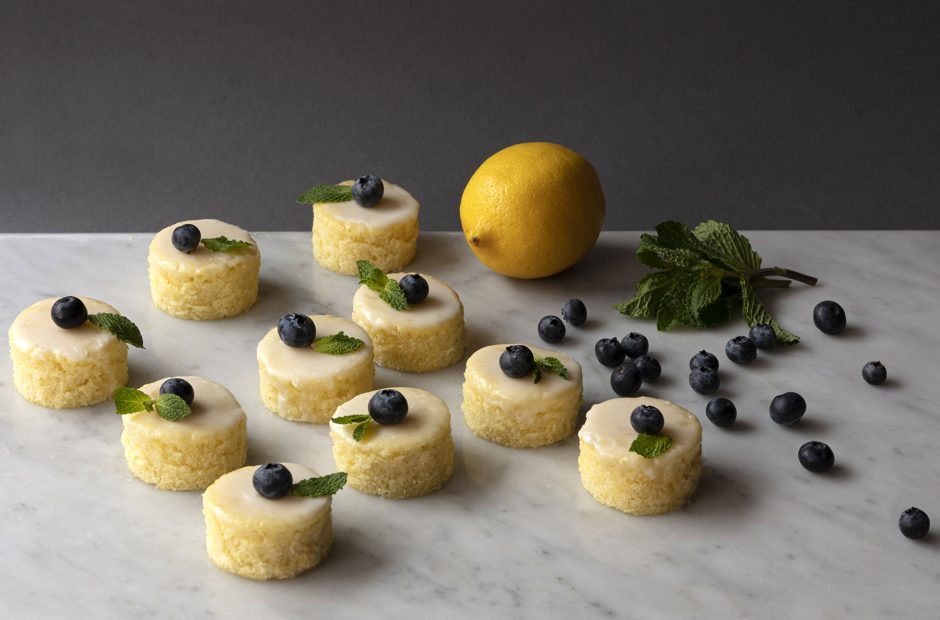
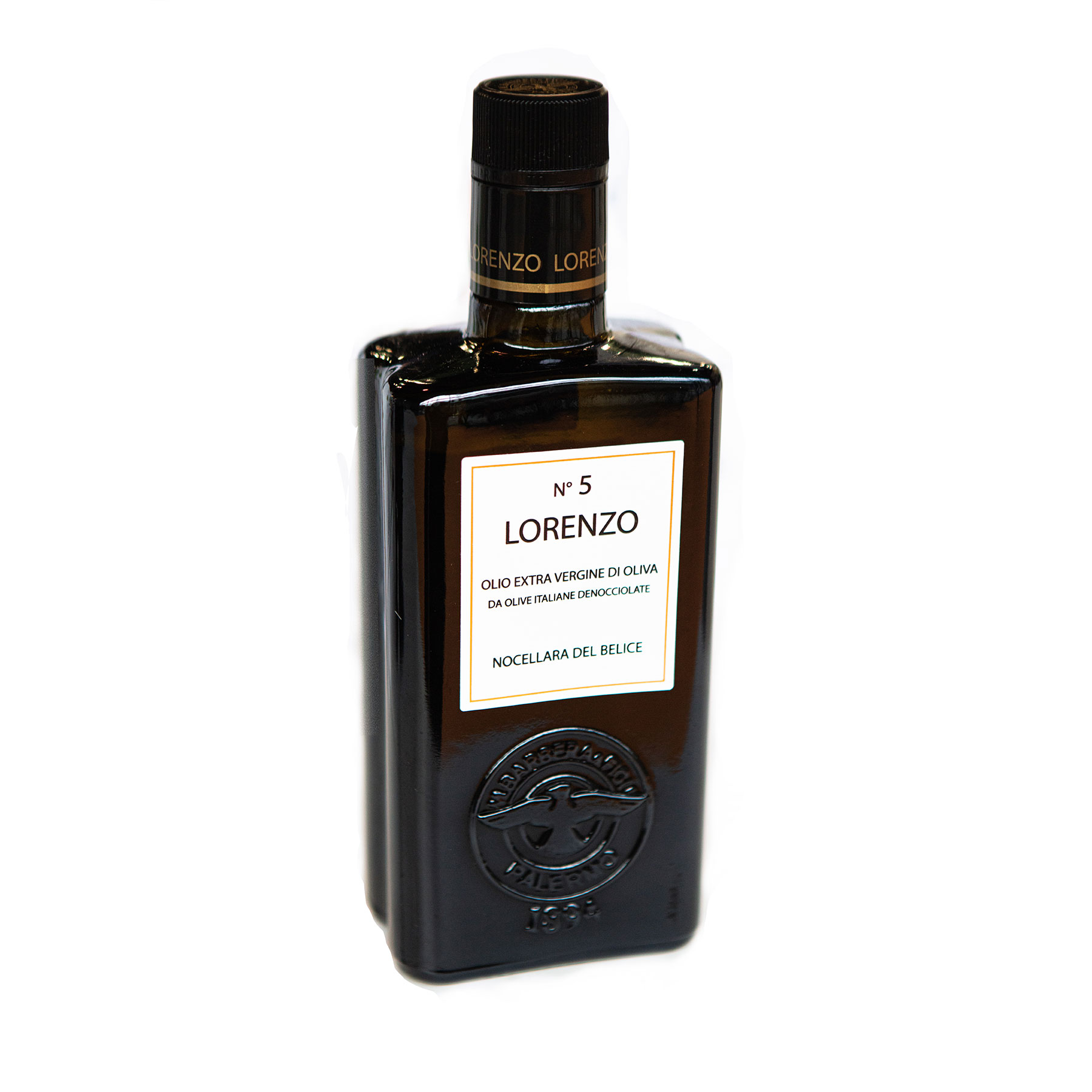


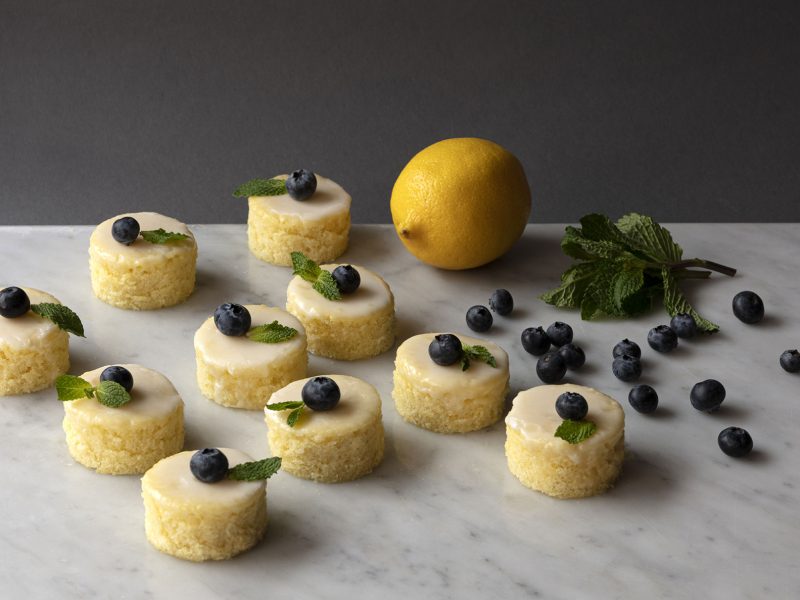
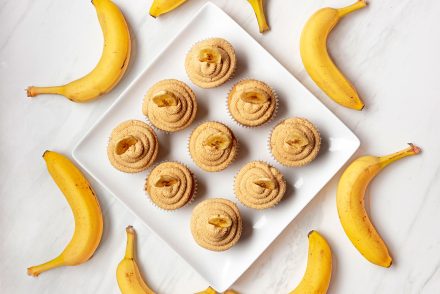
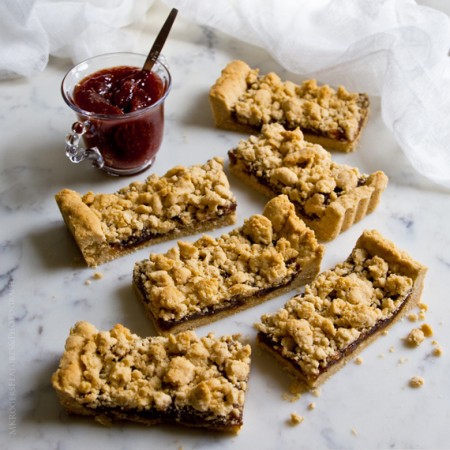

No Comments